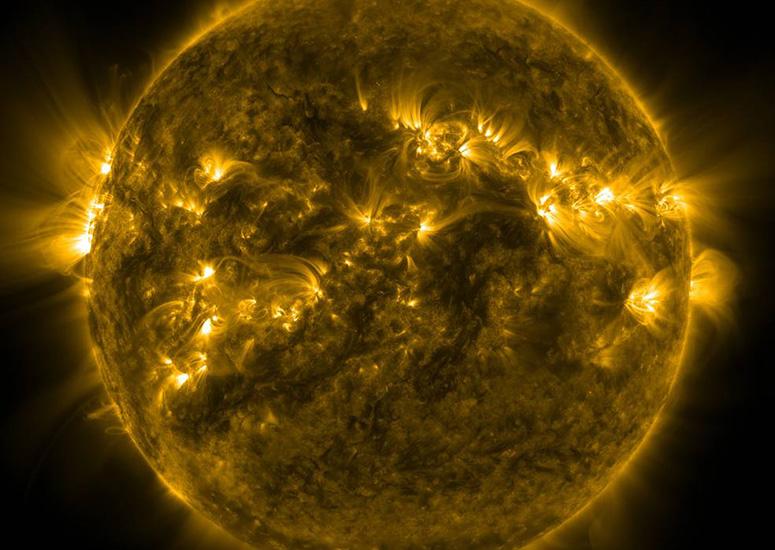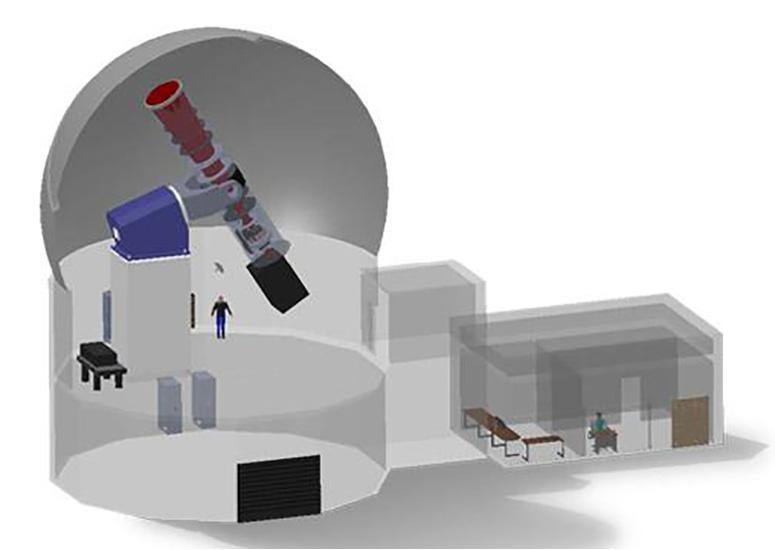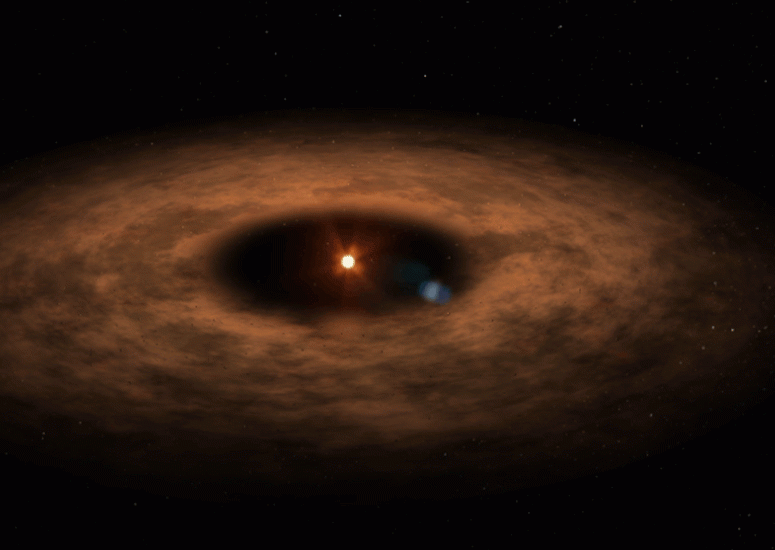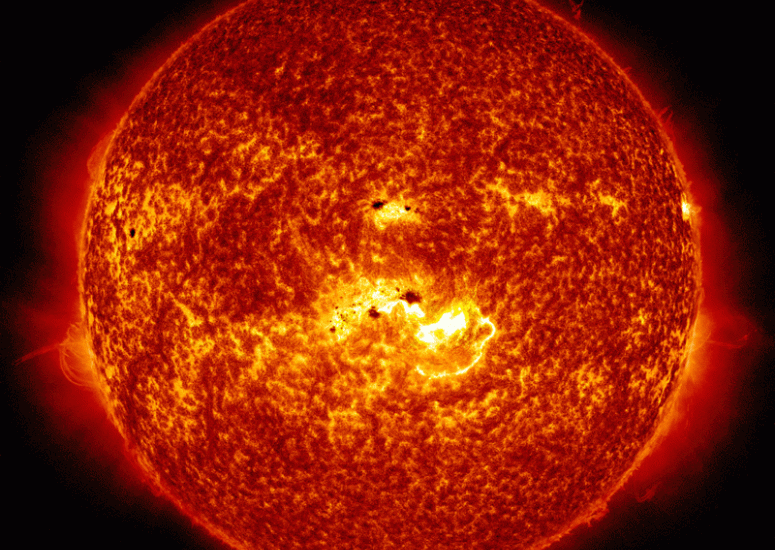-

New Sunspot Cycle could be one of the strongest on record
In direct contradiction to the official forecast, a team of scientists led by NCAR predicts that the Sunspot Cycle that started this fall could be one of the strongest since record-keeping began.
- Sun + Space Weather
-

NSF approves funding for next stage of NCAR’s new solar observatory
NCAR has received funding approval to survey prospective locations for the Coronal Solar Magnetism Observatory (COSMO). This new observatory offers the potential to transform our fundamental understanding of magnetic fields in the Sun’s atmosphere and how they drive the formation of solar eruptions and other space weather that can affect technologies on Earth.
- Sun + Space Weather
-
Holly Gilbert chosen to lead NCAR’s High Altitude Observatory
Gilbert, who currently serves as director for the Heliophysics Science Division at the NASA/Goddard Space Flight Center, will join NCAR October 5.
- Organization,
- Sun + Space Weather
-

Scientists discover a world orbiting a unique young star
Scientists are reporting the discovery of a planet about as large as Neptune that circles a young star, AU Microscopii, in just over a week
- Sun + Space Weather
-

Scientists find clues to solar variability in observations of other stars
Researchers are using data from Sun-like stars to learn more about solar variability
- Climate,
- Sun + Space Weather

